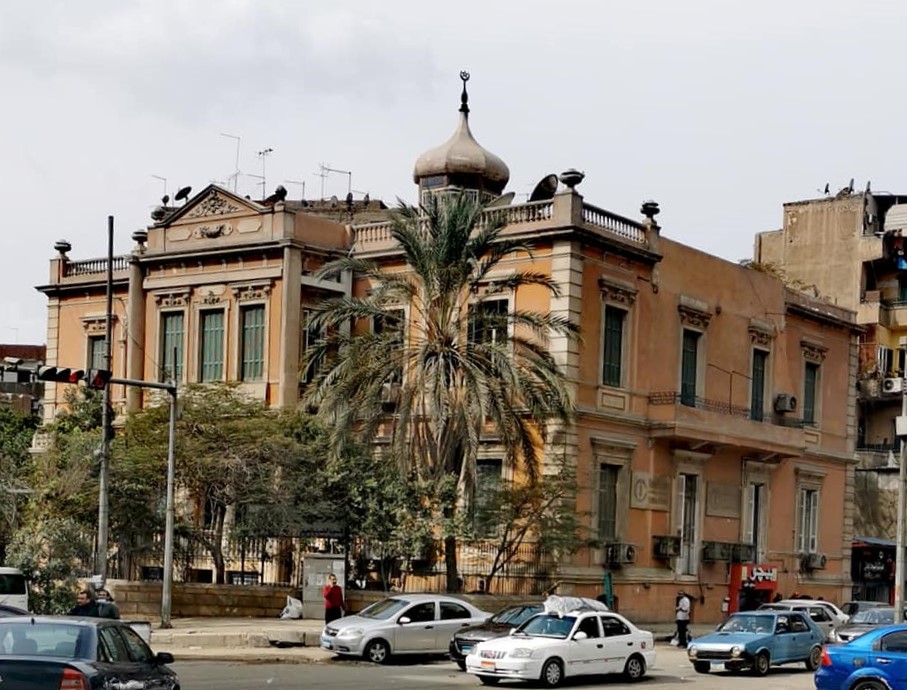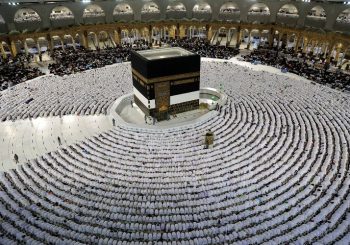Tucked away in one of Cairo’s old suburbs, Barsoum Palace is one of the architectural and historical gems of modern Cairo. But as plans were made to build the mighty Ferdous Axis, serving as a link between Eastern and Southern Cairo, the palace’s longevity was suddenly under threat.
To Sherif Hanna, the grandson of the palace’s original owner, Barsoum Pacha Hanna, it is a family home he shares with the owner’s other children and grandchildren. He was surprised to hear that it would be demolished to make way for the ramp that led off the new road.

While telling Egyptian Streets the story, he spoke of the value of the palace as a home as well as an architectural marvel. Barsoum Palace was built in 1865 during the reign of Khedive Said. With its domes, murals, painted ceilings, and stained glass, its uniqueness is undeniable. Its thick walls of stone, rather than concrete, and its high ceilings, instantly takes visitors back in time.

But while the palace is a one-of-a-kind and precious architectural feat, the significance of the palace is not only in its design.
The owner of the Palace was the brother of Sineot Hanna, the Wafd Party politician who was exiled with Saad Zaghloul, and another family member was the Secretary General of the Wafd Party. Egyptian political figure Mostafa Pacha El Nahhas held party meetings and kept valuable documents within the walls of Barsoum Palace, fearing that if a change in political leadership took place, they would be destroyed.
With all this history tied to the palace’s presence, it was a blow to hear of the plan to demolish it. And the story is not the first of its kind. New road construction projects in Egypt have caused uproar multiple times in the past year, as some of them affected valuable Cairo treasure, among them the building of a bridge that would obstruct the view of the iconic Basilique in Heliopolis.
Against the backdrop of communities already unhappy and fearing for their city’s heritage, Hanna decided to appeal to the Egyptians through social media.
“There is no other option,” he said. “The effect of various media platforms, especially Facebook and online trends, played an essential role in changing the plan [of demolishing the palace].”
عايزين القاهره تضاهي دبي في الابراج و الكباري ….
و نسو ان عمر القصر الخاص بي اقدم من دوله زاي دبي او قطر ……..Posted by Sherif Hanna on Saturday, January 30, 2021
And indeed, the impact of the social media campaign ultimately resulted in a notice Hanna received, telling him that the plan to demolish the palace would no longer be followed.
“You may not believe it, but I received about 127,000 comments on my posts about the Palace. Over 8,200 people shared it, and I don’t know more than 200 or 300 of them,” Hanna said. “They are normal people. People who value culture, who want to participate in the call to stop this building from being demolished.”
“The enthusiasm of the people is something to be really proud of. Something that reminds you that there are still good things happening in this country.”






Comments (4)
[…] by Sherif Hanna on Saturday, January 30, […]
[…] by Sherif Hanna on Saturday, January 30, […]